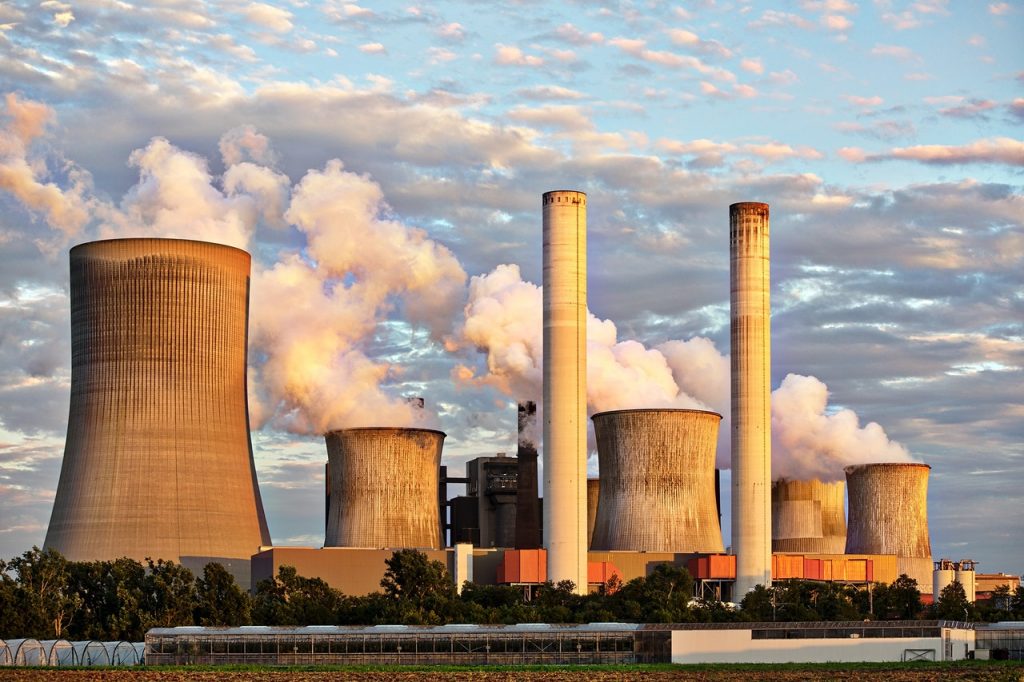In most cases, moving into a new factory or building can be extremely dangerous because you will never know its problems. Even if the property owner has told you its issues, there is a possibility that they have not disclosed every single detail. One issue you may encounter is toxic gases lying dormant in specific areas of the building.
That is the perfect time to use gas detectors, but you can only use them when you have a calibration gas cylinder filled with a specific gas that helps the detector produce accurate results. Note that choosing or using calibration gases is not as simple as you think. You need to understand them better if you want to utilise them properly.
1. What is a Calibration Gas?
If you are not experienced in using gas detectors, you should learn that they will not work without calibration gases. As the name implies, you use the calibration gas to calibrate or gauge different kinds of gas detectors and check whether they can provide accurate results or not. That is why testing the gas detector beforehand with the calibration gas is critical before using them on toxic gaseous areas.
When the gas detector fails to provide you accurate numbers, that means that the type of calibration gas you used was not the correct one. Failing to use the right one can give you false results, which is dangerous because you might think the area is not filled with dangerous gases.
2. Using Calibration Gases Properly
Another important thing to learn about calibration gases is learning when to use them. Your gas detectors always need a calibration gas cylinder filled with the correct gas type to ensure the tests go smoothly. You must learn several practices to ensure you utilise the calibration gases effectively.
- Ensure you conduct functional or complete calibration tests every day before using the gas detectors.
- In some cases, it is imperative to make calibration tests if the environment can affect the gas sensor’s overall performance. Environmental conditions that can negatively affect the sensors are mechanical stress, sudden temperature shifts, high gas levels, or detector poisons.
- It is required to redo the calibration tests if the gas detector does not provide accurate results.
You should learn that failing to conduct the calibration tests with your gas detectors can lead to costly penalties and fines. The tests are also crucial to ensure that everyone stepping into an area does not inhale toxic gases.
3. How to Use the Calibration Gas Properly During Testing
You can find that many elements go into calibration testing, so you must learn some of them and ensure the testing goes smoothly. When you know how to use the gas calibration, you will not have any issues doing actual tests in gaseous areas. Some expert tips you can follow when using the calibration gas testing include:
- Use your detector in fresh air.
- Calibrate your gas detectors every day.
- Complete calibration is required every month.
- Utilise the proper regulators and fittings to give the detector calibration gas.
- Inspect the value of the detector and make sure its readings compare with the gas concentration written on the cylinder’s label.
If you will be working in dangerous areas filled with dangerous gases, the gas detector is the best tool to have. As long as you utilise the right calibration gas and do the correct calibration tests, you should be able to detect them with ease.

